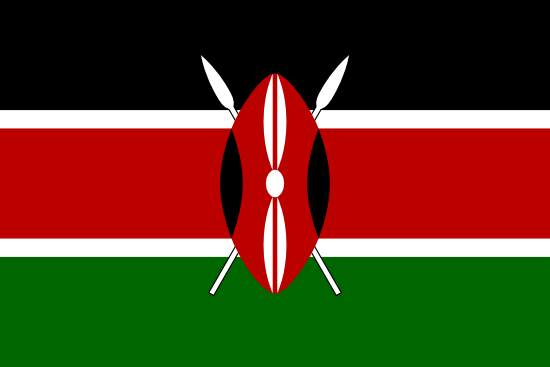Programmes
Kenya has implemented various programs and initiatives aimed at biodiversity conservation and sustainable environmental management. These programs involve government agencies, non-governmental organizations (NGOs), international organizations, and local communities working together to protect and sustainably manage Kenya's rich biodiversity. Here are some notable biodiversity conservation programs in Kenya:
-
National Biodiversity Strategy and Action Plan (NBSAP):
- Kenya has developed and implemented an NBSAP, which provides a framework for conservation, sustainable use, and equitable sharing of benefits from biodiversity resources. It outlines specific goals and actions for protecting Kenya's biodiversity.
-
Protected Areas and Wildlife Conservation:
- Kenya has an extensive network of protected areas, including national parks and reserves, conservancies, and marine protected areas. These areas are crucial for conserving wildlife and their habitats.
- The Kenya Wildlife Service (KWS) is responsible for managing and conserving wildlife in the country. KWS conducts anti-poaching efforts, wildlife research, and community engagement programs to protect biodiversity.
-
Community-Based Conservation:
- Many conservation programs in Kenya involve local communities in biodiversity conservation. Community conservancies and initiatives like Wildlife Conservancies and Community Forest Associations empower communities to protect wildlife and habitats while benefiting from sustainable tourism and resource management.
-
Mangrove Conservation:
- Kenya has initiated mangrove conservation programs to protect and restore mangrove ecosystems along the coastline. These efforts help preserve critical coastal habitats and support sustainable fisheries.
-
Coral Reef Protection:
- Kenya is actively engaged in coral reef conservation, particularly in regions like the coastal area of Kilifi and Lamu Counties. Programs focus on reef protection, restoration, and sustainable fishing practices to safeguard marine biodiversity.
-
Afforestation and Reforestation:
- Kenya has tree planting programs aimed at afforestation and reforestation to combat deforestation and promote biodiversity. Initiatives like the Green Belt Movement have been instrumental in tree planting and environmental conservation.
-
Conservation Research and Monitoring:
- Various research institutions and NGOs in Kenya conduct biodiversity research and monitoring programs. These efforts provide valuable data to guide conservation strategies and assess the status of wildlife and ecosystems.
-
CITES Implementation:
- Kenya is a signatory to the Convention on International Trade in Endangered Species of Wild Fauna and Flora (CITES). The country enforces CITES regulations to combat illegal wildlife trade and protect endangered species.
-
Climate Change Adaptation:
- Kenya recognizes the connection between biodiversity conservation and climate change adaptation. Programs often integrate strategies for biodiversity conservation with climate resilience efforts.
-
Environmental Education and Awareness:
- Kenya promotes biodiversity conservation through environmental education and public awareness campaigns. These initiatives aim to foster a sense of responsibility and appreciation for nature among citizens.
-
International Partnerships:
- Kenya collaborates with international organizations like the United Nations Development Programme (UNDP), the United Nations Environment Programme (UNEP), and the Global Environment Facility (GEF) to access funding and technical assistance for biodiversity conservation.
